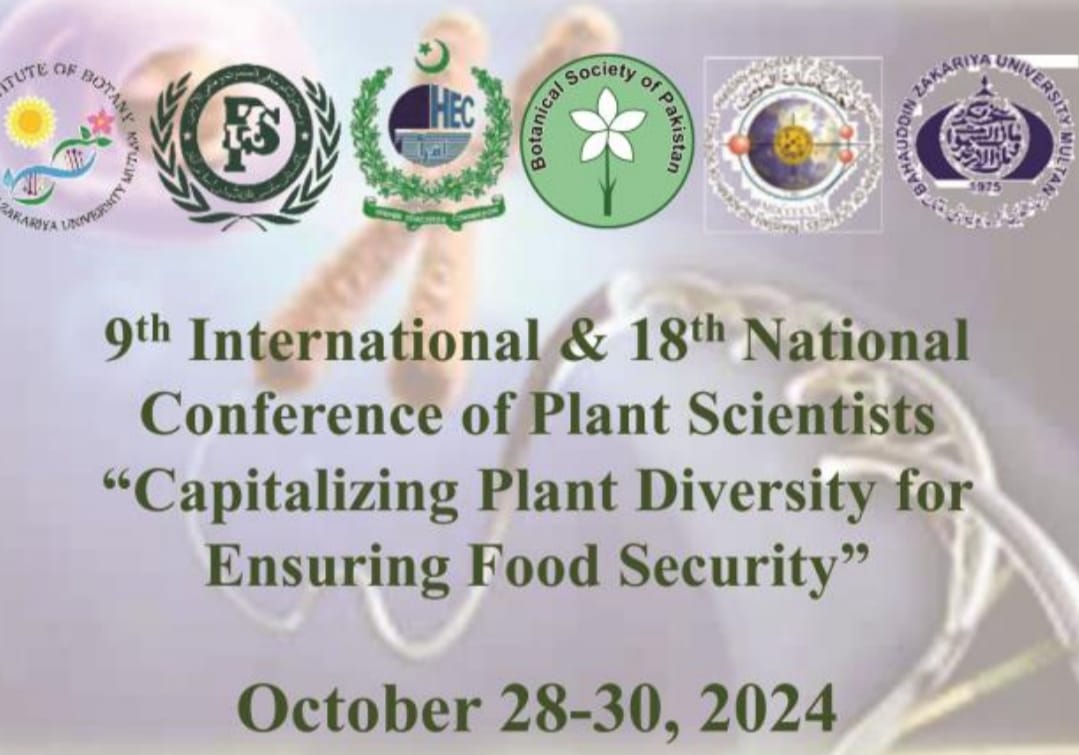
PJB-2011-224
RELATIONSHIP AMONG ROOT CHARACTERISTICS AND DIFFERENTIAL POTASSIUM UPTAKE AND USE EFFICIENCY OF SELECTED COTTON GENOTYPES UNDER POTASSIUM DEFICIENCY STRESS
ZIA-UL-HASSAN1* AND MUHAMMAD ARSHAD2
Abstract
Potassium (K) uptake and K use efficiency are the most important characters of plant genotypes that determine their biomass production under K deficiency stress. This study reports the influence of some important root characters on the K uptake and use efficiency of three pre-selected cotton genotypes under K deficiency stress. These genotypes included CIM-506, NIAB-78 and NIBGE-2, selected on the basis of their differential K use efficiency i.e., low, medium and high, respectively. Cotton genotypes significantly (p<0.01) differed for their K use efficiency, K uptake of shoot, root and on total basis, tap-root length, lateral root number and specific K absorption rate based on tap root length. While, K accumulation rate, K translocation efficiency, K transport rate and specific K absorption rate based on root dry weight were non-significant. The genotype NIBGE-2 was the most tolerant genotype to K deficiency stress and performed best for all the parameters studied followed by NIAB-78 and CIM-506. A significant correlation was observed between K use efficiency and K uptake of cotton genotypes. The root characteristics viz., tap root length, lateral root number, K accumulation rate and specific K absorption rate directly influence both K uptake and use efficiency of cotton under deficient K condition. K translocation rate and specific K absorption rate, based on root dry weight, directly influence total K uptake but not K use efficiency. These physio-morphological root traits of cotton are highly important while breeding for K-use-efficient cotton genotypes.
To Cite this article:
Download PDF


